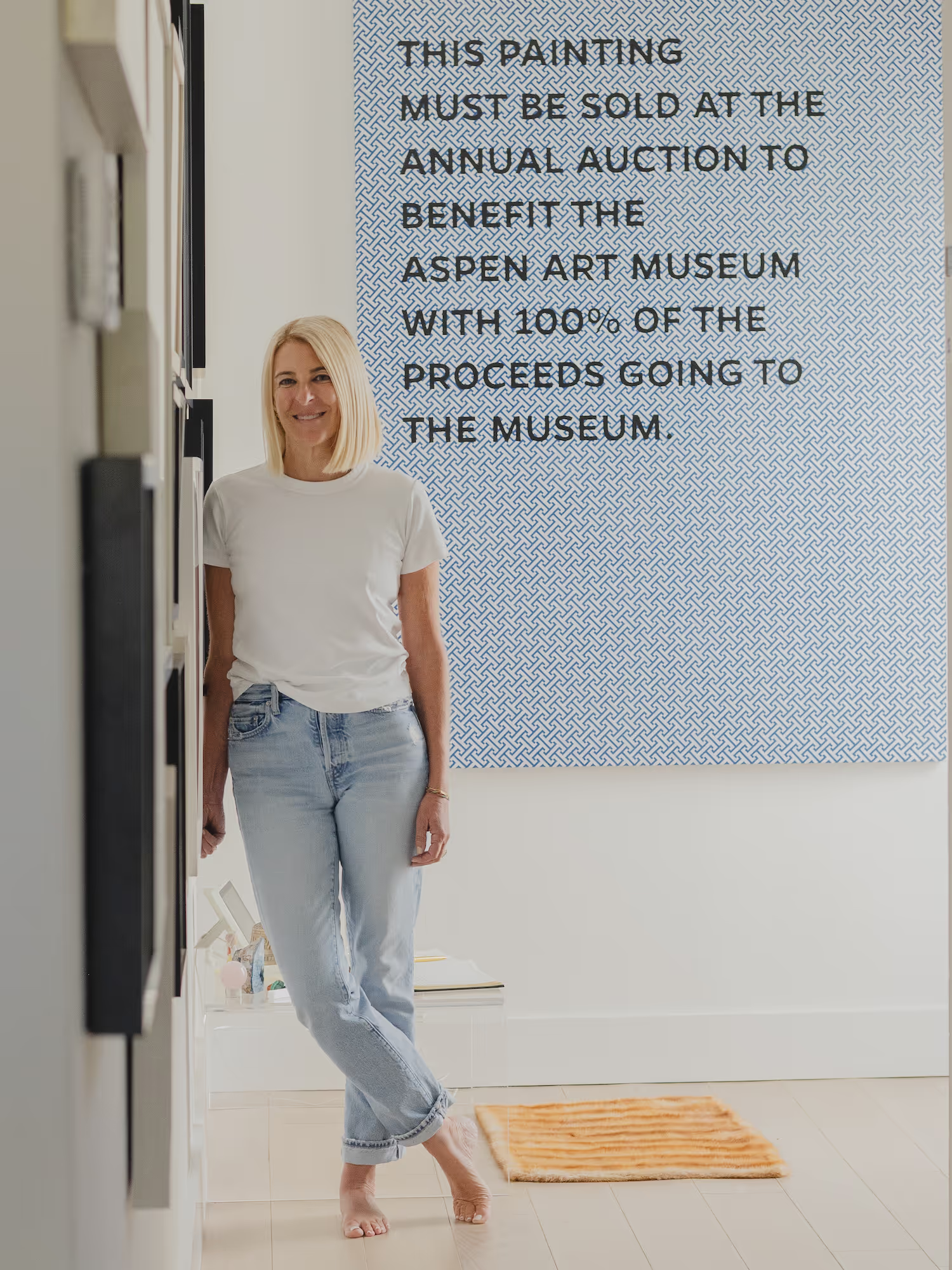

One of the questions I’m asked most often is: Where do I start? The art world can feel opaque, overwhelming, or like it requires a degree to be let in. But that’s not true—and part of my mission is to help you feel more at home–more yourself–in it. Books are one of the best ways to begin.
These four titles offer different—but equally valuable—windows into how the art world works. They’re on my shelves, and I recommend them often.
This is the classic tome on Art History. Gombrich traces the history of Western art from prehistoric times through the modern era in a way that feels generous and engaging. If you want a grounding in the big picture—where we've come from and why it matters—this is where to start. Gombrich’s writing is accessible, human, and deeply respectful of the power of visual expression. It’s a foundational text that still resonates for me decades after I first read this book while in the training program at Christie’s auction house in London!
In 2025, Katy Hessel’s book is a necessary counterbalance to Gombrich. In charting the history of art through the work of women artists—many of whom have been overlooked or excluded from the canon—she reframes how we think about art history altogether. It’s insightful, urgent, and long overdue. Reading it alongside Gombrich is a powerful act of expansion.
This book reads like a guided tour—smart, lively, and full of access. Sarah takes us into seven different corners of the contemporary art world: an auction, a studio visit, an art fair, a magazine office, and more. Each chapter is a portrait of a different “day,” and together they form a mosaic of how the art world functions behind the scenes. If you’ve ever wondered who makes the decisions, how artists are discovered, or why certain works command huge prices, Sarah shares all. Sarah has also joined me on the podcast. You can listen to our conversation here.
Magnus Resch brings data to what can often feel like a black box. I love this book for its clarity and candor. Magnus offers practical advice for artists—how to build a career, work with galleries, and find your audience—based on real research and case studies. And it’s a great read not just for artists, but for anyone interested in the business side of the art world. I think you’ll also enjoy my conversation with Magnus on the podcast, here.
Together, these books offer a kind of conversation—a layered, ongoing dialogue about who makes art, who shows it, who sells it, and how we understand its value. They’re a great starting point for anyone looking to get a handle on the art world—and for those of us who have lived inside it, they remain essential reading.
